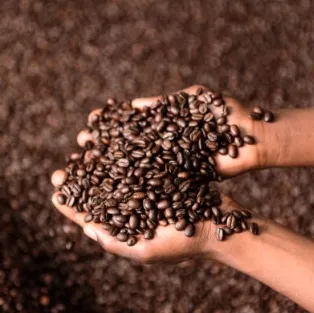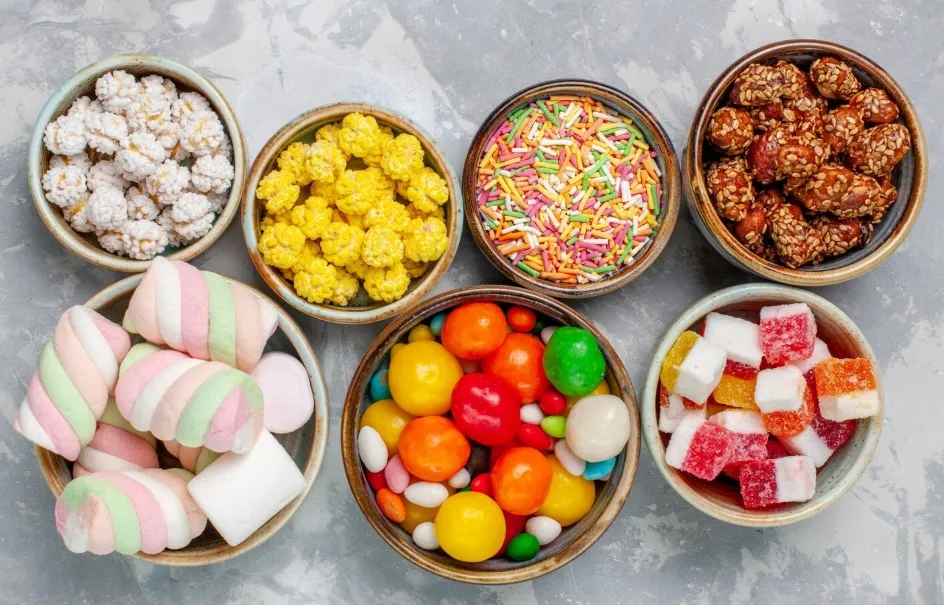
The journey of a delicious confection to a consumer’s delight in crowded and competitive markets is not only about taste but also exceptional packaging. Packaging is the silent seller, first defense against product contamination, and key to scaling up your business. Although artisanal packaging might be suitable for new ventures, automation is the only way to achieve profitability and dominate your market.
The guide explains how to transform your Candy Packaging by utilizing a Pouch Packing Machine. It goes beyond efficiency and ensures that your candy is protected, attractive, and prepared to satisfy the needs of an eager market.

Hidden costs of hand-packed candies
Hand-packing candy can quickly become a frustrating process and an expensive one for many businesses. Manual labor’s perceived flexibility is often overshadowed by its inefficiency.
Costly & Labor-intensive: Each bag requires numerous manual steps, including scooping, counting, inserting, and sealing. The labor costs are high and not economical at large scale.
Uneven Fill Weights & Inconsistent Seal Integrity: Variability in human performance leads to uneven fill weights, which can result in customer complaints or product giveaways. It also results in inconsistent seal integrity that compromises freshness and non-uniform pouch presentation.

Compromise Hygiene and Shelf Life: Even with gloves on, direct human contact introduces additional touchpoints that can lead to contamination. Manual methods are prone to inconsistent sealing, which allows moisture and oxygen ingress. This drastically reduces shelf life.
Limit Throughput. The speed of automated machines is far superior to that of humans. It limits your production, limiting your ability to meet large orders and seize opportunities on the market.
Health & Safety: The repetitive motions in the hand-packing process can cause musculoskeletal injury, increasing employee absenteeism as well as long-term costs for worker compensation.
Bottlenecks in Logistical Operations: Growing manual operations involve hiring, training, and supervising employees, which creates complex logistical issues and overhead management.

Why use pouch filling sealing machine to pack candies?
Better product protection: The pouches, particularly those that are made of multi-layer barrier film, provide excellent protection against contaminants, moisture, oxygen, and light. The candy will retain its flavor, texture, and aroma. Its shelf life is also extended.
Diverse & Flexible Formats: From practical pillow bags to gusseted bags or zippered bags that can be re-closed, a bag packing machine is able to handle an array of sizes and styles, and adapt to different candy types.
Compelling brand presentation: Pouches offer a large surface for graphics of high quality, vivid colors, and clear windows. This makes your brand stand out on retail shelves. The resealable feature adds convenience to the consumer, increasing perceived value.
Cost Effectiveness: Although there is an initial investment (especially for form-fill seal machines), the long-term effectiveness, reduced waste material, and optimized labor result in lower packaging costs per unit.
Potential for Sustainability: As recyclable, compostable, and biodegradable films are developed, the pouch packaging industry can meet consumer demands by offering eco-friendly products, if your machine is capable of handling these films.
How a Pouch Filling and Packing Machine Packs Candies
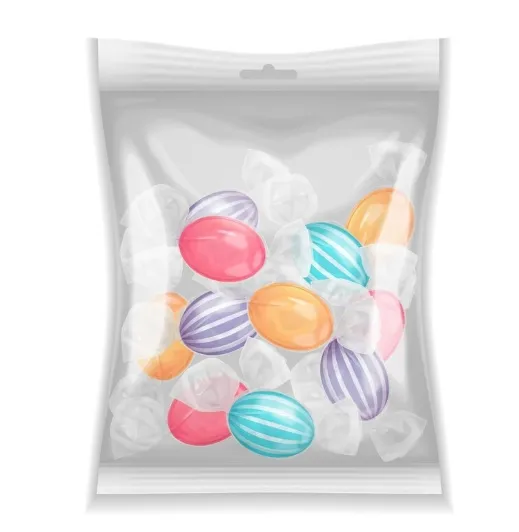
The pouch filling machine would provide high performance, reliability, and precision to candy packaging. Here are the steps that will elevate your candy packing operation.
1. Precision Dosing
Filling accuracy is essential. Manual methods that are not accurate can lead to product loss (loss of profit) and underfilled bags (consumer dissatisfaction). Automated systems eliminate virtually all of this.
| Device | What is | Why |
|---|---|---|
| Multihead Weighers | Industry standard for candies of all types - including gummies and hard candies. Also available in mixed assortments. The sophisticated systems combine multiple weight buckets to reach a target weight that is precise (often with a precision of 1-2 grams). | Dramatically reduces the product giveaway. This often results in a quick return of investment, purely through material savings. They allow for high-speed and accurate filling. |
| Vibratory counters | When counting uniformly shaped candies, such as individually wrapped mints or caramels with a single wrapper, vibratory lanes are used. Optical sensors also ensure that the correct number is dispensed. | Ensures accurate piece counts of specific SKUs (e.g. "10-piece bag", "50-count Jar Refill") and eliminates manual counting mistakes. |
| Cup Volumetric Fillers | Perfect for free-flowing candies of uniform size (e.g. sprinkles or very small pellets). The fillers dispense the same volume every time. | Simple, quick, and affordable solution that accelerates the filling process for products. |
2. Automatic Pouch Sealing & Handling
Automating the pouch-making and sealing process is key to achieving speed and consistency.
For form-fill-seal (FFS), vertical or horizontal, machines: The roll of flat films is unwound automatically, then guided into forming collars (for the HFFS or VFFS), to form the bag, before being sealed on the sides and bottom.
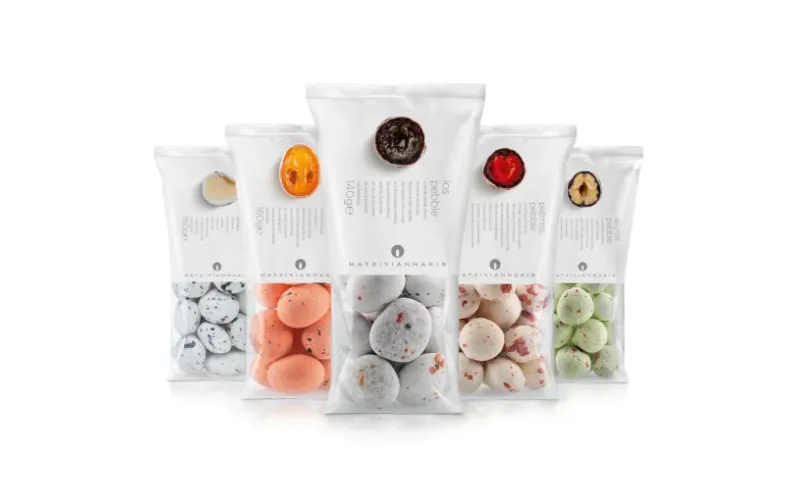
3. Integrated Operations
The modern pouch packaging machines integrate the crucial steps of post-filling, eliminating any need for manual processing or separate standalone equipment.
- Nitrogen Flushing: Before sealing the pouch, an inert, nitrogen-like gas is flushed, which replaces oxygen.Extends shelf-life of candy by significantly preventing oxidation, reducing spoilage, and ensuring product quality.
- Date/Lot Code: Inkjet printers or thermal transfer printing systems integrate to print essential information about traceability (batch code, expiration dates).Improving inventory management and regulatory compliance without manual labeling.
- Hole Punching: The machine punches a hole in the top of the pouch automatically for retail displays.Prepares product for retail directly after packaging, without manual punching or additional handling.
- Vibration/Settling of the Product: The machine has internal vibrators that gently shake the candies in the bag to create a neat, attractive package.Enhances the appearance of pouches and prevents the perception that there is “empty” space. It can also optimize package dimensions to be used in downstream casing.
Considerations in Choosing Candy Packaging Pouch Machine
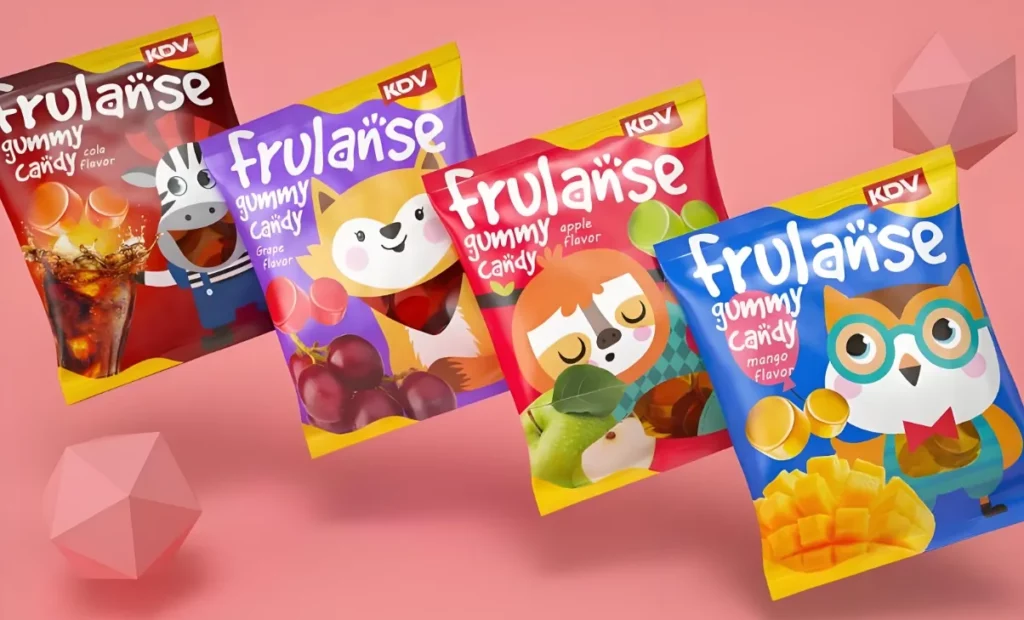
Candy Characteristics
- Format: Is your candy sticky, granular, or liquid-filled? Are they individually packaged, mixed, individually wrapped, or liquid-filled? The type of candy you are making will determine the feeding, packaging, and handling methods.
- Properties of Flow: What is their movement? Are they free-flowing or slow? Do they tend to clump together easily?
- Fragility – Does it require gentle handling to avoid breakage or deformation?
Material & Style of Pouch
- Pouch Type: Stand-up, pillow, gusseted, flat, zipper-reclosable?
- Dimensions of the pouch: How big is it?
- Properties of Film: Which type of film are you going to use? (e.g. laminated barriers, freshness options, eco-friendly alternatives) Check that the material you choose is compatible with the machine.
Production Volume & Speed
- Present & Proposed Demand: What is the current and projected demand for pouches? Do you need to make more than one pouch per hour/minute/shift? The speed of the machine and its level (intermittent motion or continuous motion) are determined by this.
- Scalability: Are you anticipating future growth, which may require faster speeds or other packaging formats? Select a machine that has some growth potential.
Budget and Return on Investment
- The initial capital expenditure for the machine.
- Operating costs (electricity, consumables, and maintenance).
- Increased throughput and shelf life, reduced product waste, lower labor costs, and decreased product giveaways can all result in a potential return on investment.
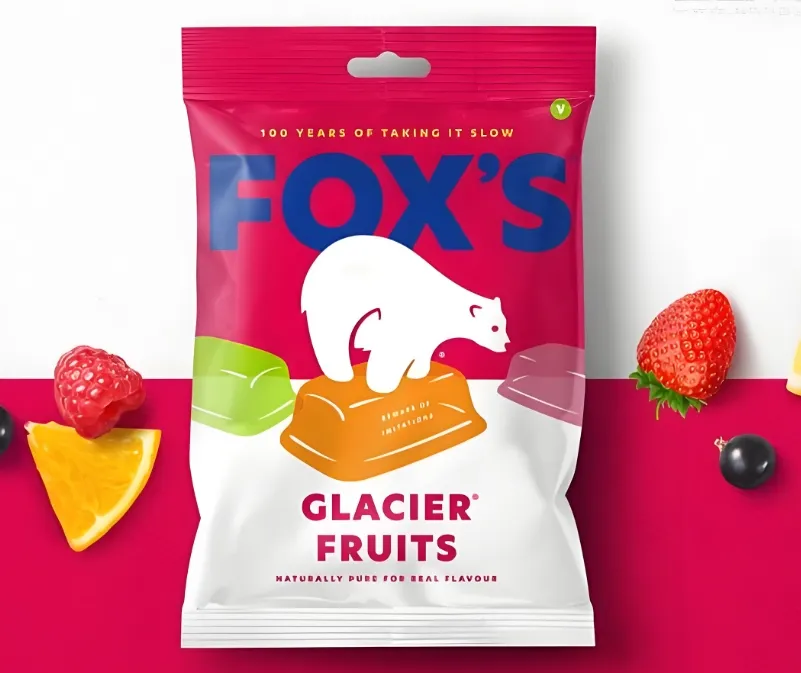
Hygiene & Cleaning:
Sanitary design is important for food products (stainless steel, easily cleanable surfaces, and wash-down capability). Verify that the machine is compliant with relevant food safety regulations (e.g., HACCP or FDA).
Changeover & Flexibility:
How easy is it to switch between different candy pouches or types of packaging (e.g. toolless adjustments, recipe storage, etc.)? For efficiency, it is important to have as little downtime as possible.
Factory footprint & integration:
Are you able to accommodate the machine, as well as any equipment upstream or downstream (e.g. conveyors, weighers, cases packers) in your space? What is the integration with your current production flow?
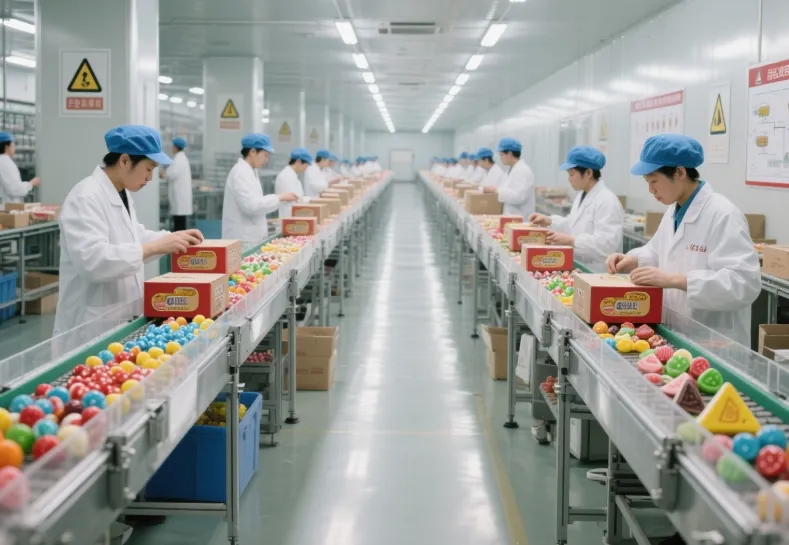
Overview
You’ve probably seen that relying solely on manual packaging processes can quickly become a problem. It is fraught with inconsistencies and hidden costs.
It’s not just another machine; it is a transformational solution. The machine ensures seal integrity and a longer shelf life. It also provides speed that manual labor cannot match. The technology is available to manage your candy’s unique characteristics efficiently. From multi-head weighers to vibratory counters to count pieces accurately, to continuous motion form fill seal machines and versatile rotary systems.
Automating candy packaging is more than just a mechanical upgrade. It elevates the entire image of your brand. You can present your confections in beautiful pouches to attract consumer interest, and at the same time, guarantee freshness and hygiene, which builds trust. The strategic move frees you from the bottlenecks that come with manual packaging, allowing you to concentrate on your core business: creating more delicious treats for customers.




